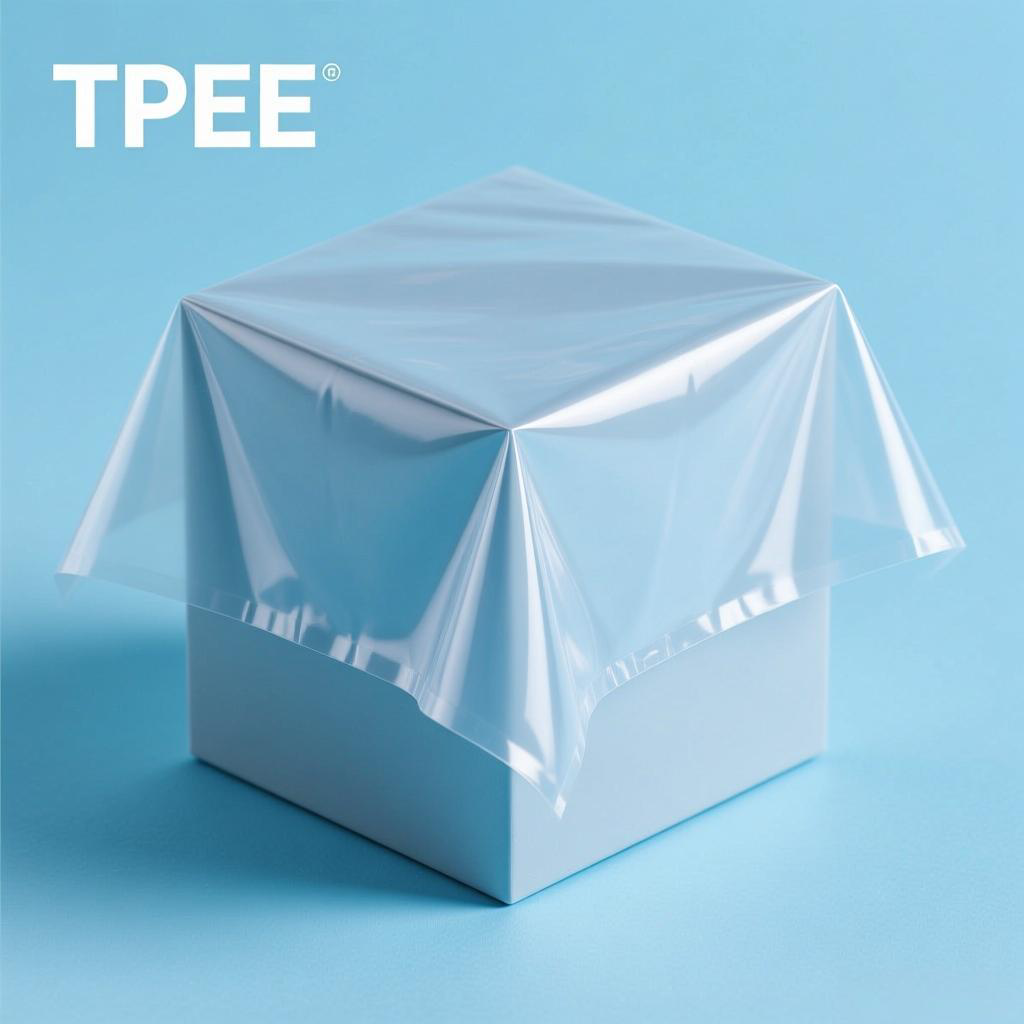
Automotive Interiors
TPEE membranes play an important role in the automotive industry, where durability, performance, and aesthetic appeal are essential:
Wear and Tear Resistance: TPEE is a high-performance material with excellent resistance to abrasion and UV exposure, making it ideal for automotive interior components that are exposed to constant use and sunlight, such as seat covers, headliners, and door panels.
Home Textiles
TPEE membrane provide several advantages when used in home textiles like blackout curtains, waterproof textiles, and thermal fabrics:
Water and Moisture Resistance: TPEE membranes are highly resistant to water, making them ideal for applications like blackout curtains, which need to withstand moisture, dust, and potentially even mold or mildew in damp environments.
Medical Products
TPEE is increasingly used in medical applications due to its biocompatibility, flexibility, and performance characteristics:
Biocompatibility: TPEE is often used in medical devices and products that require direct or indirect contact with the human body. Its non-toxic nature and absence of harmful additives make it suitable for use in items like catheters, surgical drapes, and wound care products.
Durability and Resistance: Medical applications require high durability and resistance to harsh conditions (e.g., exposure to chemicals, sterilization processes). TPEE films are resistant to chemicals, UV radiation, and thermal degradation, ensuring that they maintain their performance and safety over time.
Moisture and Gas Permeability: TPEE films offer moisture vapor permeability, which can be important in medical applications like wound care or bandages, where controlled moisture levels are necessary for effective healing. TPEE’s ability to provide gas permeability also makes it suitable for medical packaging that requires breathability while maintaining sterility.
Softness and Flexibility: TPEE films are highly flexible and soft, which is beneficial for medical textiles that need to conform to body shapes or surfaces, ensuring patient comfort.
Environmental Sustainability: TPEE is recyclable, which is an important consideration in the medical field as sustainability becomes a key focus in medical product manufacturing. The reduced environmental impact of TPEE compared to traditional materials makes it a valuable choice for manufacturers seeking to meet sustainability goals.
